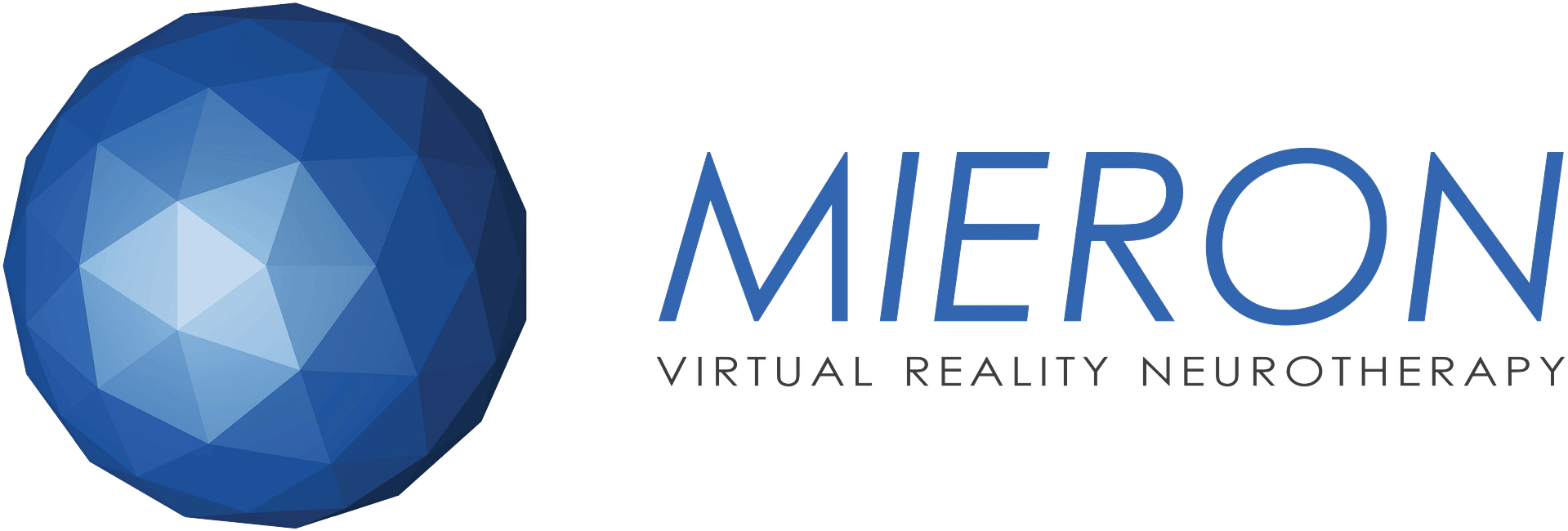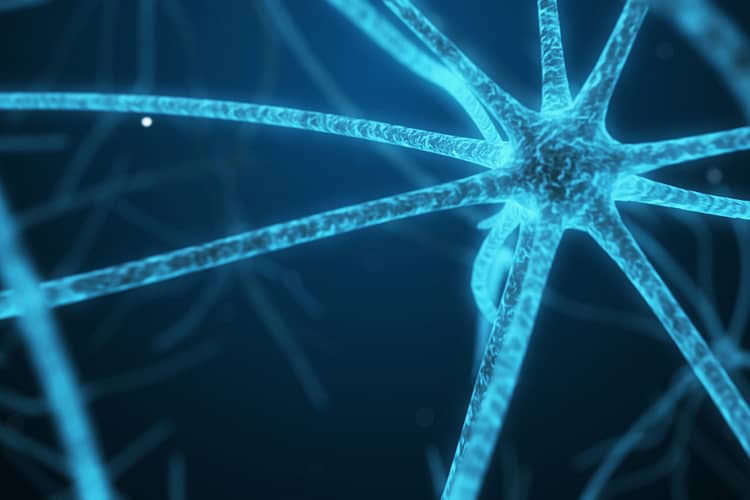Devastating accidents are the primary cause of spinal cord injuries. If this happens to you or someone you care about, you want to get the best treatment plan and rehabilitation process in place as quickly as possible. The medical community comes up with new ideas and methods all the time, but one of the most promising for spinal cord injury rehabilitation that is available to use in your own home, is the use of high-tech like Virtual Reality NeuroTherapy. This physical and occupational therapy tool uses virtual reality (VR) to augment and improve the entire process. VRNT partipants typically exert more physical output per exercise, without feeling as much pain. The sensory overload of VRNT enables pain to be put on the ‘back-burner’ in the brain’s processing center. With this increased intensity, more endurance and mobility is built, all while having a fun and positive experience.
What are the common forms of SCI?
When many people think the spinal cord injury, their mind immediately goes to a broken back scenario with associated paralysis. Under the umbrella of SCI’s, however, there is a wide variety of different injury types and severities. No matter how a specific patient’s spinal injury is classified or how it affects their mobility and functions, they all have blockage or stoppage of nerve impulses through the spinal column.
Incomplete Spinal Cord Injuries
When an SCI is dubbed incomplete, it means that the nerves traveling through the spinal cord are impeded due to pressure or partially severed. This can occur due to vertebrae fracture, excessive stretching or compression, swelling, or a foreign object actually pressing on or cutting into the spinal cord. Issues like slipped or herniated discs may also contribute to these problems over time.
It is more likely for incomplete spinal cord injury patients to recover in the long run and regain more of their motor and neurological abilities. However, paralysis is still possible. In some cases, surgery is required to put things back together they belong to stabilize the spine and alleviate pressure. Incomplete tells us that a person does not have a total paralysis or loss of sensation, but there are many varieties. There’s almost always hope of recovering at least some function and independence after a spinal cord injury. Including rehabilitation practices early on and as frequently as possible increase these outcomes.
Complete Spinal Cord Injuries
As the name suggests, a complete SCI causes permanent and usually irreparable damage to the spinal cord. This usually occurs from a highly traumatic experience such as a serious car crash, fall, violent attacks, brutal sports injuries, and occasionally medical complications during surgery. These types of injuries more frequently result in paraplegia or quadriplegia, which means paralysis of two or four limbs respectively.
SCI’s come in a variety of grades or severities defined by the American Spinal Injury Association. This scale includes information about how much a person’s normal range of mobility, sensation, and motor functions were affected. When a physician treats an individual with an incomplete or complete spinal cord injury, they will undoubtedly use this or a similar scale to determine treatment options. They will also periodically re-assign the severity level to look for medical improvements over time. This is one way to judge whether a therapeutic approach is working or not.
For all types of SCI, the sooner that muscles start working again after a spinal cord injury, the better the chances are of additional recovery and independence.
What happens after Spinal Cord Injury?
The spinal cord can be injured at any point along its entire length (usually by a broken bone of the vertebrae or dislocation of the vertebrae). Generally, the higher the point of injury, the greater the loss of function. The parts and functions of the body located above the point of injury will continue to function unimpaired.
Spinal cord injury also interrupts the autonomic nervous system, and the brain can no longer regulate the functions of this system. This can result in changes in blood pressure, the body’s temperature control, the functioning of the digestive tract, sexual organs, and bladder and bowel system function.
In spinal cord injury, the loss of function that occurs below the level of injury may result in any or all of the following:
- Paralysis of the skeletal muscles
- Loss of sensation, i.e., sense of touch, pain, temperature, position, vibration and deep pressure
- Changes in breathing patterns and capacity
- Abnormal function of the autonomic nervous system that may affect pulse, blood pressure, body temperature, the ability to sweat, bladder and bowel function, glandular secretions and sexual function
Each SCI is unique and depends on the extent of damage to the spinal nerves.
Ongoing SCI Rehabilitation
The range of long-term spinal cord injury rehab options include everything from physical therapy focused on gross motor skills like walking to fine motor skills through occupational therapy so the person can feed themselves, groom themselves, or use computers or other adaptive technology. It can also include learning how to use leg braces, walkers, canes, or wheelchairs if the person with the SCI experiences paralysis or functional weakness that makes standing or walking difficult.
Emotional and mental therapy appointments are frequently suggested in the case of spinal cord injuries that can affect how a person lives for the rest of their life. Needless to say, lack of ability, the risk of ongoing physical impairment & pain, communication difficulties, and facing a life changed from past expectations can create high degrees of stress, depression, and anxiety.
A large part of the rehabilitation process involves learning how to use adaptive technology or innovative aids that help the patient maintain the highest quality of life possible. Some SCI’s simply do not heal. Instead, they reach a point of maximum medical improvement and the person learns to live with their new adaptations. There are many promising technologies used to help treat SCI. Functional Electrical Stimulation (FES) systems can make some limb and digit use possible. Computer adaptations and voice controls make it easier to perform work or leisure activities. Robotic gait training therapy can help retrain the nervous system to recognize and engage with the walking process as well as providing valuable weight bearing and circulation benefits.
With increasing frequency, virtual reality (VR) systems are adopted for a variety of spinal cord injury rehabilitation processes. These VR exercises can provide a thoroughly engaging way to get physical therapy and improve important functional abilities like balance and gait, grip and manipulation of small objects, and ultimately help improve quality of life standards like self-dressing and personal hygiene. Virtual Reality NeuroTherapy exercises also help engage the mind to help with confidence and positivity.
How can MieronVR aid in SCI rehabilitation?
One of the most comprehensive and effective Virtual Reality NeuroTherapy systems for the treatment of spinal cord injury and a variety of other musculoskeletal disorders is MieronVR. Coupled with the robust and versatile library of engaging and rewarding virtual reality experiences, this VRNT system helps people through rehabilitation both physically and mentally.
The innovative design allows for easy use even for people with mobility impairments or limited dexterity. The VR headset is comfortable, ergonomic, and easy to put on and take off for most people. The library of VRNT content includes a wide selection of programs to promote physical improvements, improve mobility, create a stronger sense of independence and confidence, and overall improvements to life quality and enjoyment. The Mieron library is built with dopamine reward effects and activity based training exercises designed to help improve functional mobility. One of the best things about MieronVR is that the programs are fun and emotionally rewarding. This makes it more likely that the person with an SCI will continue using them, do longer therapy sessions, and make improvements more quickly than with conventional options. Nothing beats increased motivation and the mental and emotional boost a person can get from accomplishing a challenging therapeutic activity on their own.






